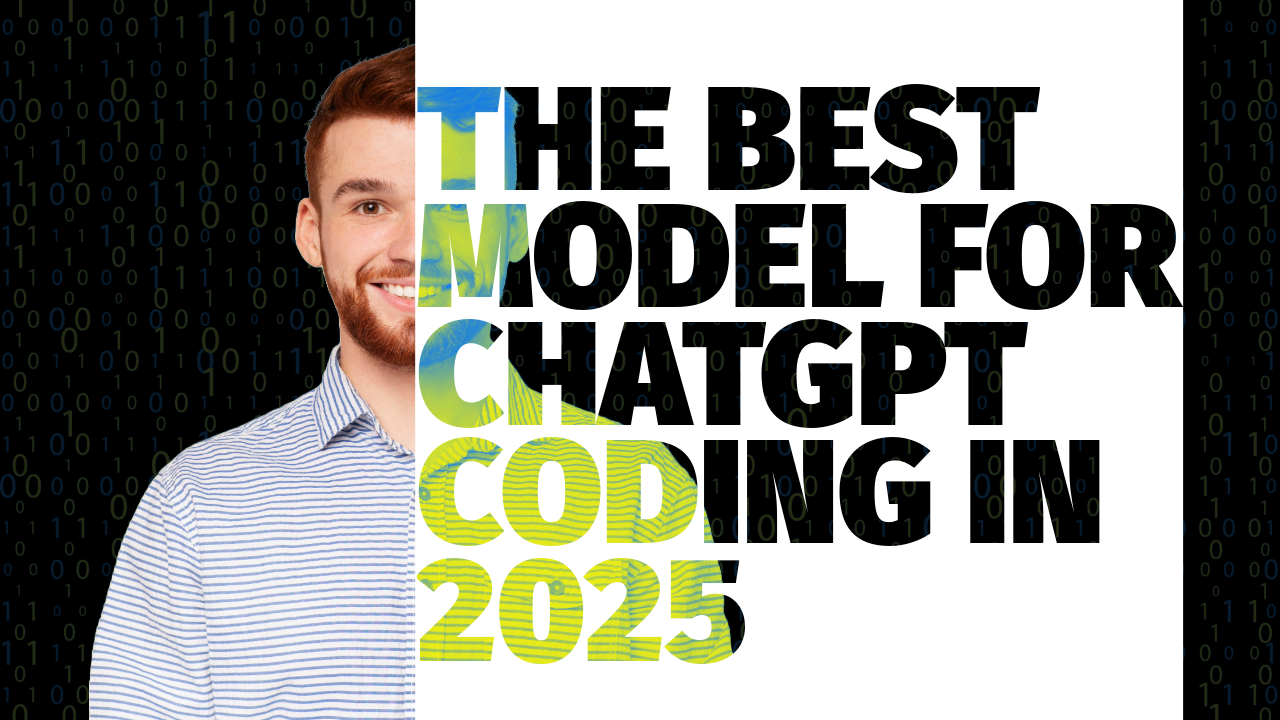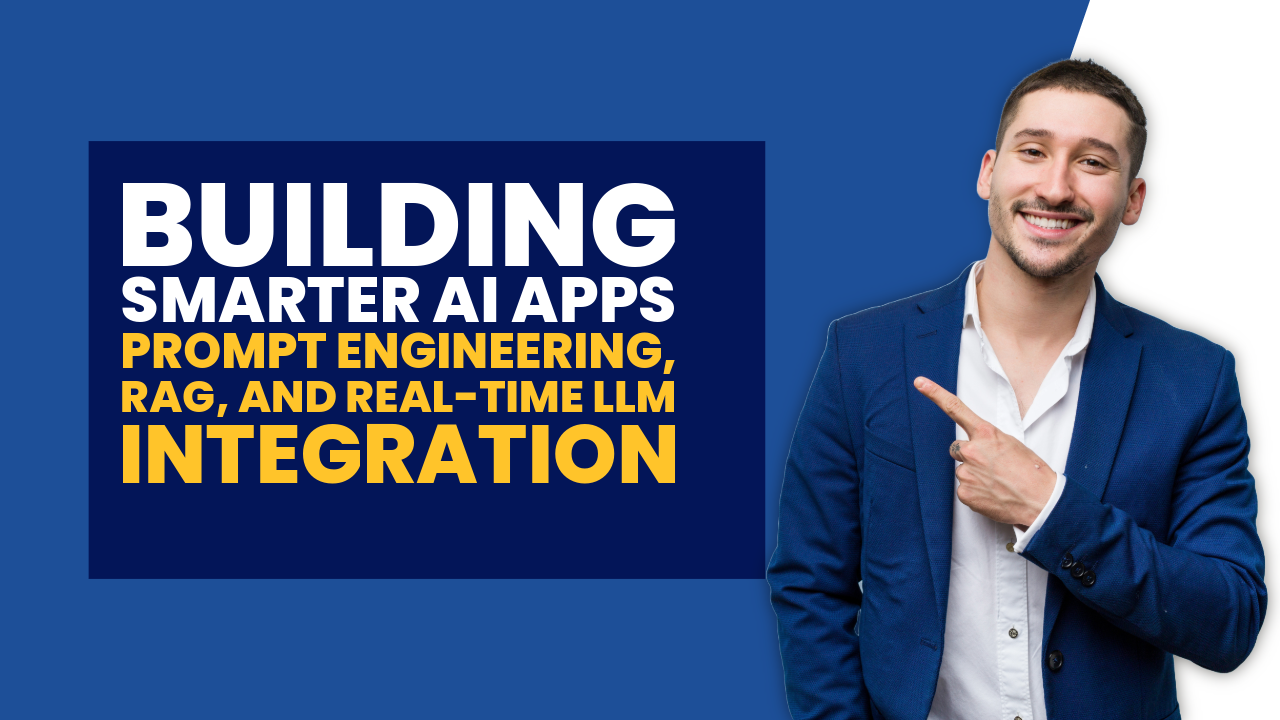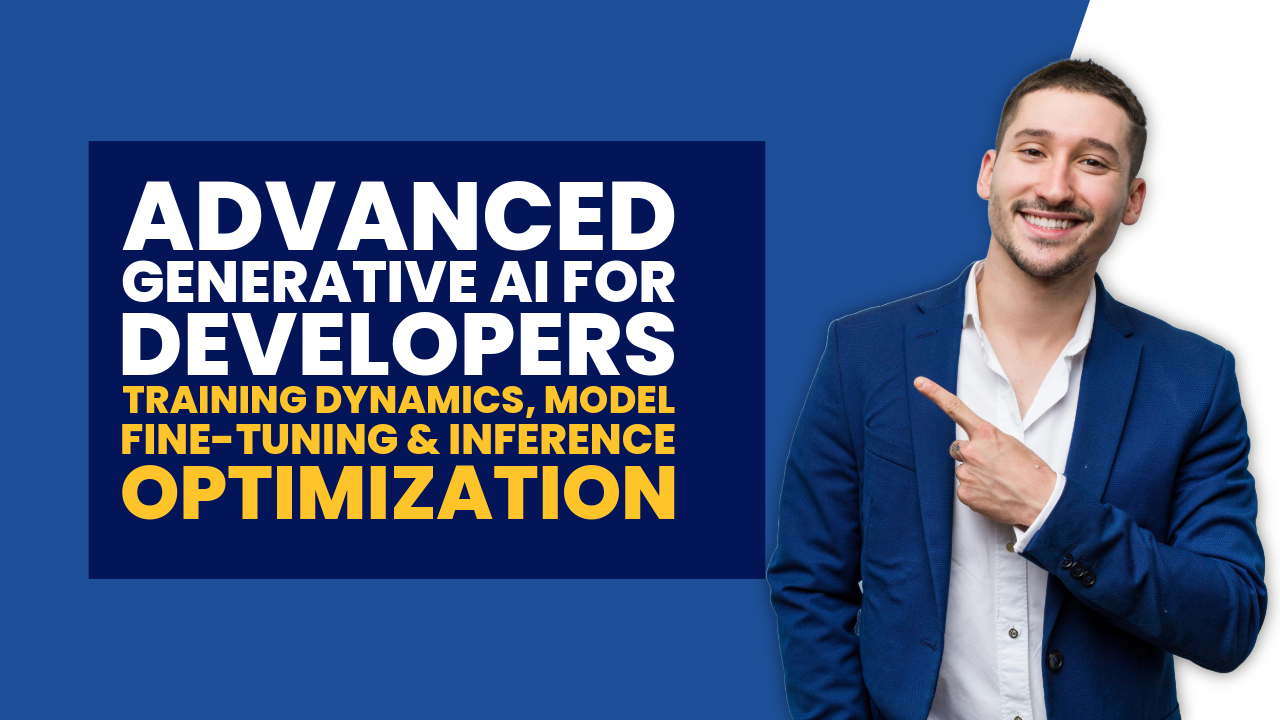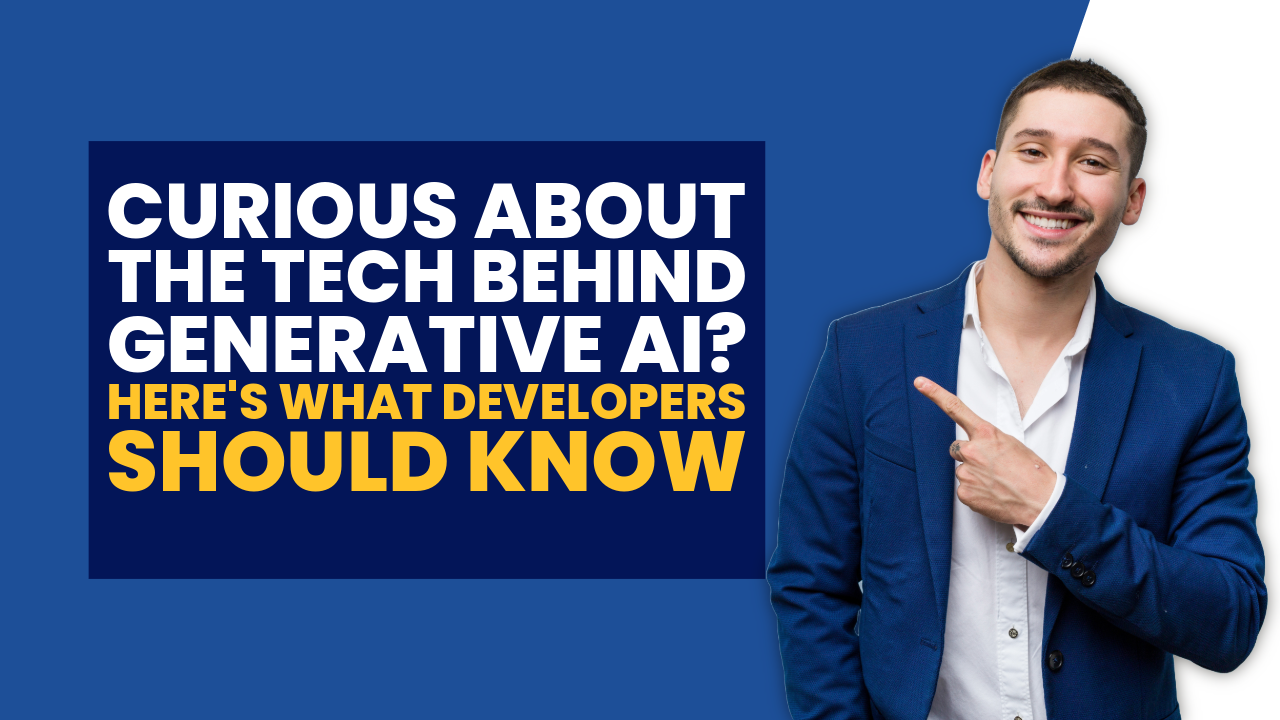ChatGPT is a web-based AI text generator designed to provide instant responses to user queries. Developed by OpenAI, this advanced tool leverages artificial intelligence to generate human-like text, making information retrieval faster and more efficient. Unlike traditional search engines, where users sift through multiple ranked links, ChatGPT offers direct answers, saving time and effort.
What is ChatGPT?
The full name of ChatGPT is Chat Generative Pre-trained Transformer. It was launched on November 30, 2022, by OpenAI, an American artificial intelligence research company. Initially founded by Sam Altman and Elon Musk in 2015, OpenAI saw Musk exit the project within a couple of years. Later, Microsoft made significant investments in OpenAI, contributing to its rapid growth. By January 2023, ChatGPT had amassed over 100 million users, making it one of the fastest-growing AI tools in history.
Currently, ChatGPT is available primarily in English, but OpenAI has plans to expand its language support in the future. Users worldwide have leveraged ChatGPT for writing essays, YouTube scripts, cover letters, biographies, leave applications, emails, and much more—often achieving results indistinguishable from human writing.
Key Features of ChatGPT
- Conversational AI – ChatGPT can hold interactive, human-like conversations.
- Knowledgeable – It has been trained on vast amounts of text data.
- Versatile – It can write, translate, summarize, and generate ideas.
- Code Generation – It helps programmers write and debug code.
- Personalization – It can be fine-tuned for specific tasks.
The Technology Behind ChatGPT
To understand how ChatGPT works, we must first explore its underlying technology. ChatGPT is powered by Generative Pre-trained Transformer (GPT) models, specifically GPT-3 and GPT-4. These models are based on Large Language Models (LLMs)—neural networks trained on vast amounts of text data. The development of ChatGPT is based on OpenAI’s GPT models, which have evolved over time:
- GPT-1 (2018) – The first version, trained on BooksCorpus, was a breakthrough in natural language processing.
- GPT-2 (2019) – A much larger model, capable of coherent and contextual text generation.
- GPT-3 (2020) – Introduced 175 billion parameters, making it the most powerful NLP model at the time.
- GPT-4 (2023) – Improved accuracy, better understanding of complex queries, and multimodal capabilities (understanding text & images).
According to Wikipedia, a Large Language Model (LLM) is a neural network with billions of parameters, trained on extensive datasets of unlabelled text. These models function as probability distributions over word sequences, enabling AI-generated text that closely mimics human conversation.
Key Features of ChatGPT
One of ChatGPT’s standout features is its ability to remember past interactions within a conversation. This allows users to have a continuous and contextual discussion, refining or revising responses as needed—making the experience feel remarkably human-like.
Whether you need help drafting content, brainstorming ideas, or refining text, ChatGPT offers an intelligent and efficient alternative to traditional search engines. As AI technology continues to evolve, ChatGPT is shaping the way we interact with information and automation in the digital age.
How Does ChatGPT Work?
1. The Transformer Architecture
ChatGPT is powered by a Transformer-based neural network, a cutting-edge deep learning architecture designed to process and generate human-like text efficiently. Transformers have revolutionized natural language processing (NLP) by enabling AI models to handle vast amounts of text while maintaining context and coherence.
Here’s how the key components of the Transformer architecture contribute to ChatGPT’s performance:
- Self-Attention Mechanism – Unlike traditional neural networks, which process words sequentially, Transformers use a self-attention mechanism to analyze all words in a sentence simultaneously. This allows ChatGPT to determine which words and phrases are most relevant to each other, improving accuracy in responses.
- Positional Encoding – Since Transformers do not process text in a fixed order, they rely on positional encoding to understand the sequence of words. This ensures that the AI recognizes the relationships between words, such as subject-verb agreement or the flow of a conversation.
- Layered Learning – The Transformer model consists of multiple layers, each refining the AI’s understanding of language. As the text moves through these layers, the model enhances its ability to predict and generate coherent, context-aware responses.
2. Pre-Training Phase: How ChatGPT Learns
The pre-training phase is a crucial stage in ChatGPT’s development, where the model is trained on an extensive dataset containing a diverse range of text sources. This phase enables the AI to develop a foundational understanding of language, facts, and reasoning patterns.
During pre-training, ChatGPT is exposed to the following types of data:
- Books, Articles, and Websites – These sources provide rich linguistic diversity, helping the AI understand different writing styles, vocabulary, and complex sentence structures. Books contribute to storytelling and long-form content comprehension, while websites and articles expose the AI to general knowledge, opinions, and discourse from various domains.
- News Sources and Academic Papers – These texts help ChatGPT learn about current affairs, historical events, scientific principles, and structured argumentation. By analyzing academic papers, the model gains insights into formal writing styles, logical reasoning, and technical language, making it useful for professional and research-based queries.
- Conversational Dialogues – Since ChatGPT is designed to engage in interactive conversations, it is trained on transcripts of dialogues, online discussions, and chatbot interactions. This training enables the model to recognize conversational patterns, maintain context across exchanges, and generate responses that feel natural and human-like.
3. What ChatGPT Learns from Pre-Training
Throughout this phase, the AI model gradually learns:
- Grammar and Sentence Structure – By analyzing a vast number of sentences, ChatGPT understands grammatical rules, syntax, and sentence formations across different writing styles.
- General Knowledge and Facts – Since it processes text from a variety of sources, the AI acquires factual information about history, science, culture, and more. However, its knowledge is limited to the data it was trained on and does not update in real-time.
- Reasoning and Contextual Understanding – The model learns to recognize patterns in how ideas are presented and connected, allowing it to generate coherent and logical responses.
- Conversational Flow and Tone – Training on dialogue-based data helps ChatGPT respond appropriately based on tone, formality, and conversational context, making interactions feel more intuitive.
4. Limitations of Pre-Training
Although the pre-training phase equips ChatGPT with extensive knowledge and language skills, it has some limitations:
- No Real-Time Awareness – ChatGPT does not browse the internet or access live data; its knowledge is based on the information available up to its last training update.
- Potential Biases – Since the AI learns from publicly available texts, it may inherit biases present in those sources. OpenAI continuously works to mitigate such biases through additional training and fine-tuning.
- Lack of Personal Experience – Unlike humans, ChatGPT does not “think” or “understand” in the way people do—it generates responses based on statistical patterns rather than personal experience or emotions.
5. Fine-Tuning with Reinforcement Learning: Enhancing Accuracy and Ethical AI
After the initial pre-training phase, ChatGPT undergoes fine-tuning to refine its responses, improve accuracy, and minimize biases or misinformation. This process is achieved through a specialized technique called Reinforcement Learning from Human Feedback (RLHF). RLHF ensures that the AI not only generates relevant and informative responses but also aligns with ethical guidelines and user expectations.
Here’s how the fine-tuning process works:
- Human AI Trainers Provide Feedback – A team of human reviewers, known as AI trainers, evaluate ChatGPT’s responses and rank them based on quality, relevance, and appropriateness. These trainers compare multiple AI-generated responses to a given prompt, selecting the most suitable one. This feedback is used to fine-tune the model and improve its decision-making ability.
- AI Adjusts Its Behavior Based on Preferences and Correctness – The model learns from human feedback and gradually adapts to produce more accurate, context-aware, and helpful responses. Reinforcement learning algorithms help ChatGPT optimize its outputs by rewarding well-structured and factually correct responses while discouraging misleading or inappropriate ones.
- Ethical Guidelines Are Applied to Reduce Harmful or Biased Outputs – OpenAI incorporates ethical considerations into the fine-tuning process by setting rules that help prevent the AI from generating harmful, offensive, or biased content. This involves filtering out misinformation, enforcing neutrality on sensitive topics, and ensuring the AI adheres to responsible AI practices.
6. Why Fine-Tuning Matters
- Improves Response Accuracy – By learning from human feedback, ChatGPT refines its ability to provide well-structured, factual, and contextually appropriate answers.
- Reduces Bias and Misinformation – The model is trained to recognize and avoid biased or misleading information, enhancing its reliability as a conversational AI tool.
- Enhances User Experience – ChatGPT becomes more intuitive and responsive, adapting to user preferences while maintaining clarity and consistency in its responses.
- Promotes Ethical AI Usage – OpenAI’s reinforcement learning approach ensures that ChatGPT aligns with ethical standards, preventing harmful content and fostering responsible AI development.
Through RLHF, ChatGPT continuously evolves, offering users more reliable, fair, and context-aware interactions while upholding ethical AI principles.
7. Generating Responses: How ChatGPT Processes and Constructs Answers
When a user inputs a message, ChatGPT follows a structured process to generate a relevant and coherent response. Unlike traditional search engines, ChatGPT does not retrieve answers from the internet in real time. Instead, it relies on its pre-trained knowledge and deep learning algorithms to predict and construct responses based on patterns it has learned.
The response generation process involves the following steps:
- Understanding the Query – The AI first analyzes the input text by breaking it down into smaller units called tokens. Tokens can represent words, subwords, or characters, depending on the language. This step helps the model interpret the meaning, intent, and context of the user’s question.
- Predicting the Next Words – Using a probability-based model, ChatGPT predicts the most likely sequence of words that should follow the input. It does this by evaluating billions of learned patterns and selecting the response that aligns best with the given context. Instead of retrieving pre-written answers, ChatGPT generates responses dynamically, ensuring unique and contextually appropriate replies.
- Forming a Coherent Answer – After predicting the next words, the model refines the output to ensure it is grammatically correct, contextually relevant, and logically structured. The AI also considers past interactions in the conversation to maintain coherence across responses, making the dialogue feel natural and human-like.
Key Limitations and Considerations
- No Real-Time Internet Access – ChatGPT does not search the web for answers. Its responses are based on the information available up to its last training update, meaning it may not have knowledge of recent events, breaking news, or the latest research developments.
- Probabilistic Nature of Responses – Since ChatGPT generates responses based on probability, it may sometimes produce plausible but incorrect or nonsensical answers. Users should verify critical information from trusted sources.
- Context Awareness – While ChatGPT can remember context within a conversation, its memory is limited to the ongoing session and does not persist across interactions. Once the chat is restarted, the previous conversation is lost.
Advantages of ChatGPT
One of ChatGPT’s biggest advantages is its ability to provide direct, detailed answers to users’ questions without requiring them to sift through multiple web pages.
Unlike traditional search engines, which display a list of websites as search results, ChatGPT generates instant, relevant responses within the chat itself. This eliminates the need to browse through numerous links, saving both time and effort.
Additionally, ChatGPT offers a unique feature that enhances user experience. If the provided response is unsatisfactory or lacks certain details, users can clarify their query or provide additional context, allowing the AI to refine and improve its answer dynamically.
Another key benefit is that this service is completely free of charge, making advanced AI-powered assistance accessible to everyone without any cost.
Applications of ChatGPT
ChatGPT is a versatile software that can be applied across various domains, particularly in text-based communication.
One of its key applications is in customer service, where it powers AI-driven chatbots to handle customer inquiries efficiently. Businesses can leverage ChatGPT to respond to a high volume of customer queries instantly, reducing wait times and enhancing overall customer satisfaction.
Additionally, ChatGPT serves as an effective language translation tool, bridging communication gaps between people who speak different languages. It also helps individuals refine their writing skills by offering suggestions, improving grammar, and generating creative ideas for content.
Educators can integrate ChatGPT into learning environments, using it to assist students with writing, provide personalized feedback, and offer tailored learning experiences. This makes it a valuable tool for enhancing both teaching and learning.
Beyond education and customer service, ChatGPT supports content creation, offering insights, generating new ideas, and providing constructive feedback on written work. Whether used for professional writing, academic purposes, or creative projects, it boosts productivity, communication, and creativity.
In essence, ChatGPT is a powerful AI tool that simplifies communication, enhances efficiency, and supports users in a wide range of tasks.
Conclusions
In conclusion, OpenAI has created ChatGPT, an advanced language model that seamlessly blends deep learning algorithms with text-based prompts to deliver human-like responses. Through extensive training on vast datasets, ChatGPT is capable of generating highly coherent and contextually relevant answers. Its diverse range of applications, including customer service chatbots and language translation tools, demonstrates its versatility and potential. The model’s ability to learn and adapt based on user interactions makes it an invaluable resource for both businesses and individuals alike. As ChatGPT continues to evolve, it is redefining the landscape of natural language processing with its impressive capabilities and boundless potential for innovation. By consistently generating quick, insightful, and accurate responses, ChatGPT remains a powerful tool for enhancing communication, learning, and problem-solving across various domains.






